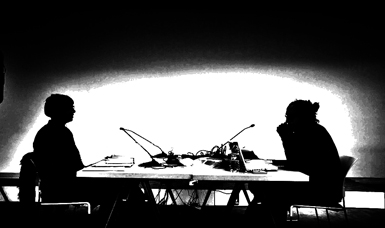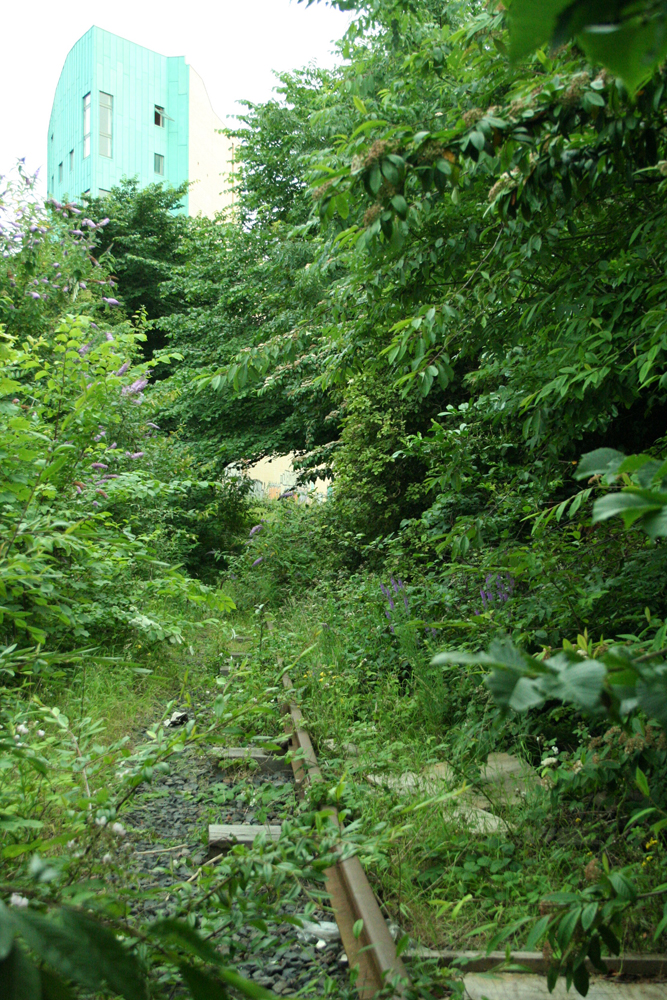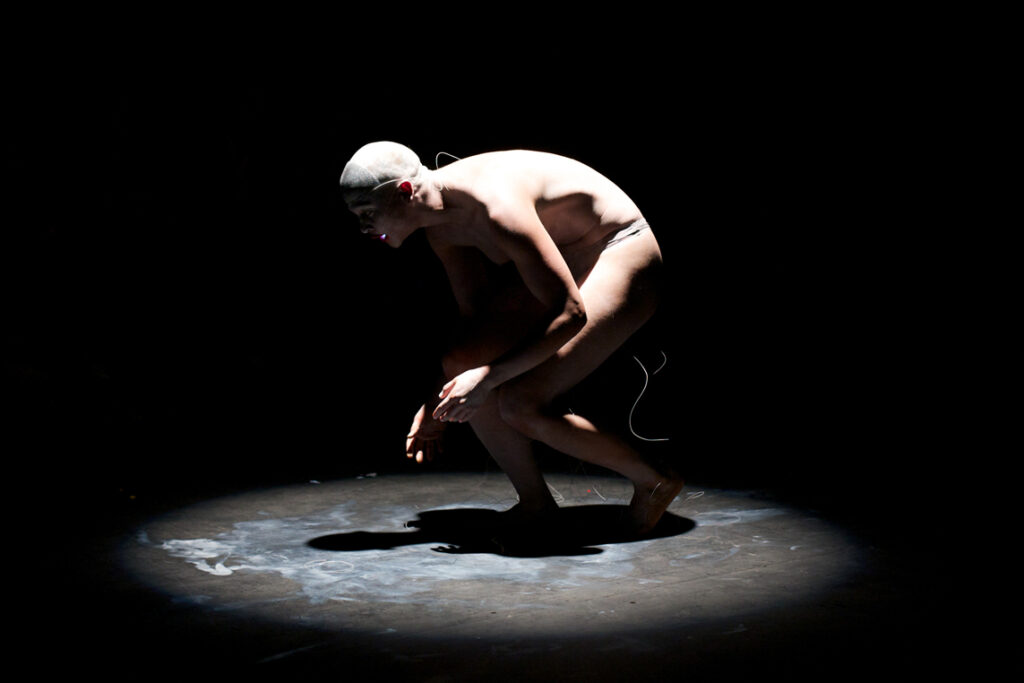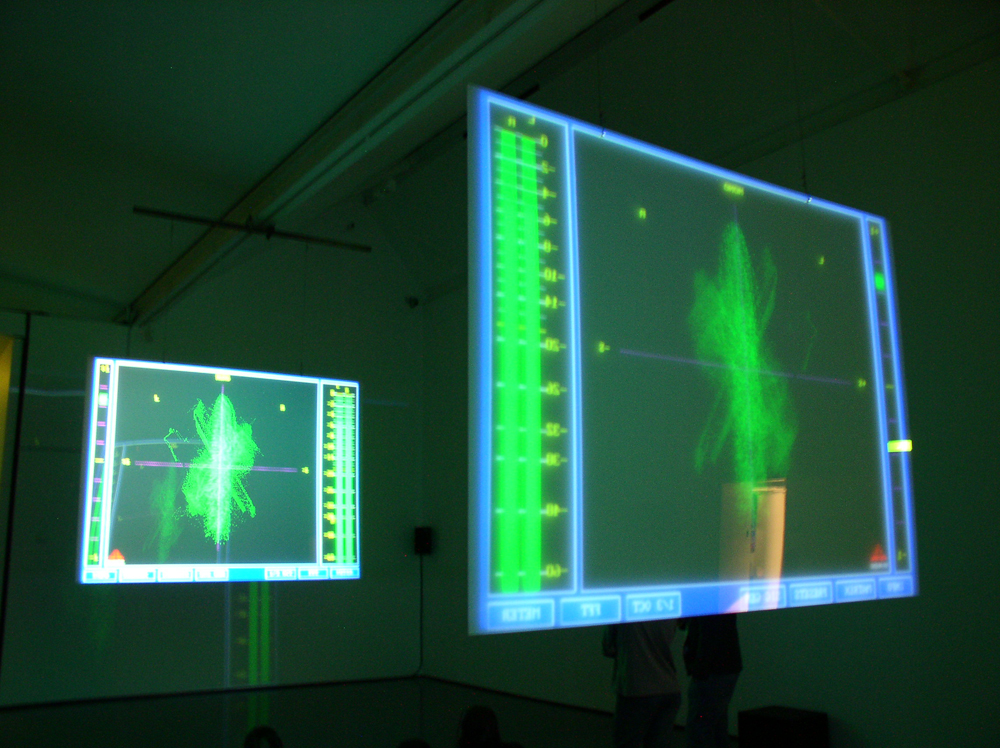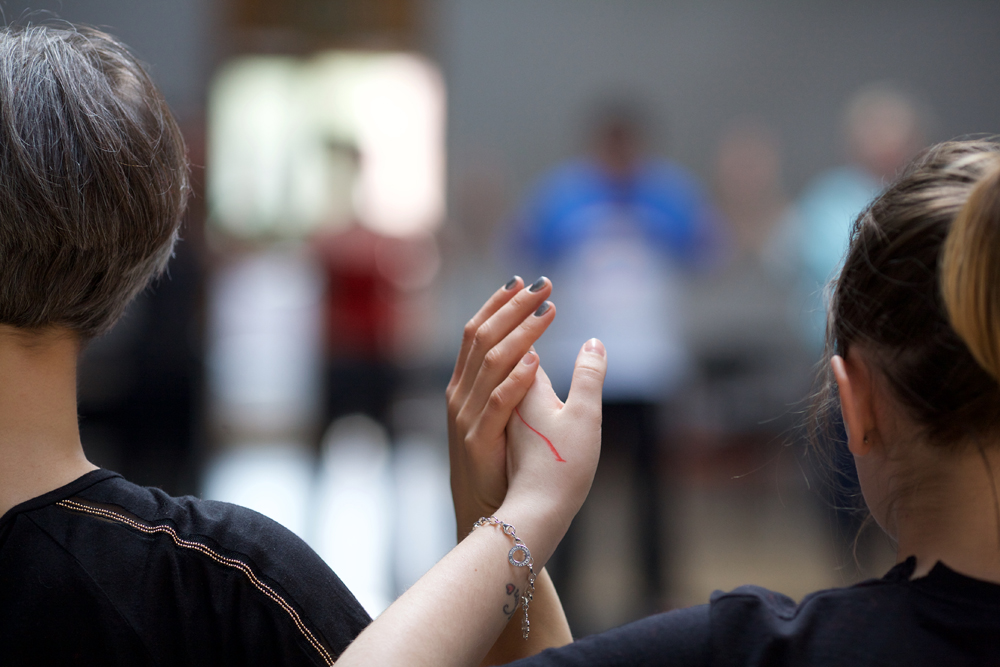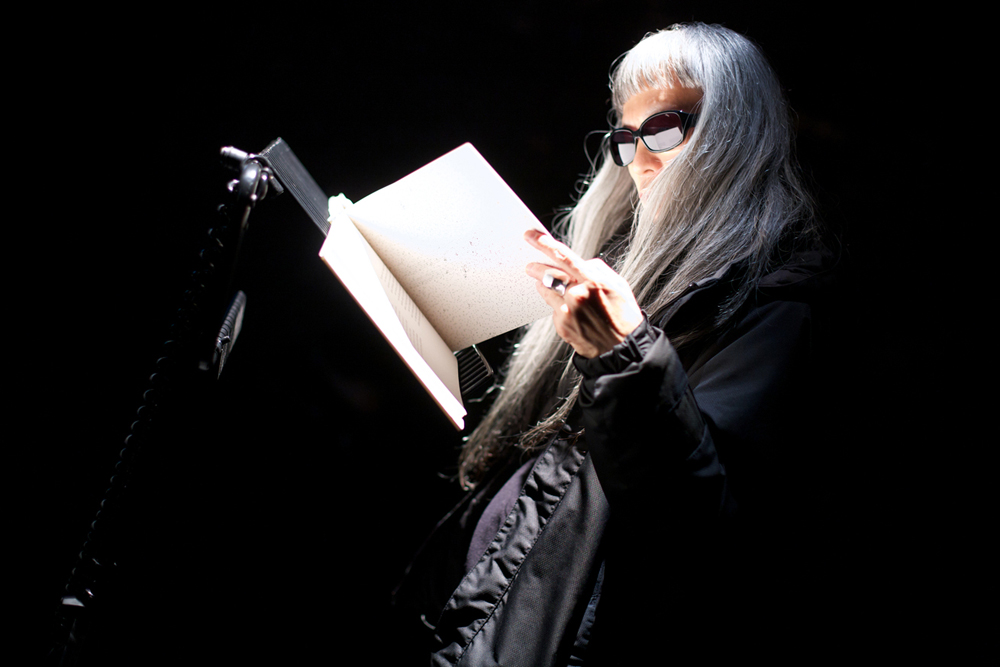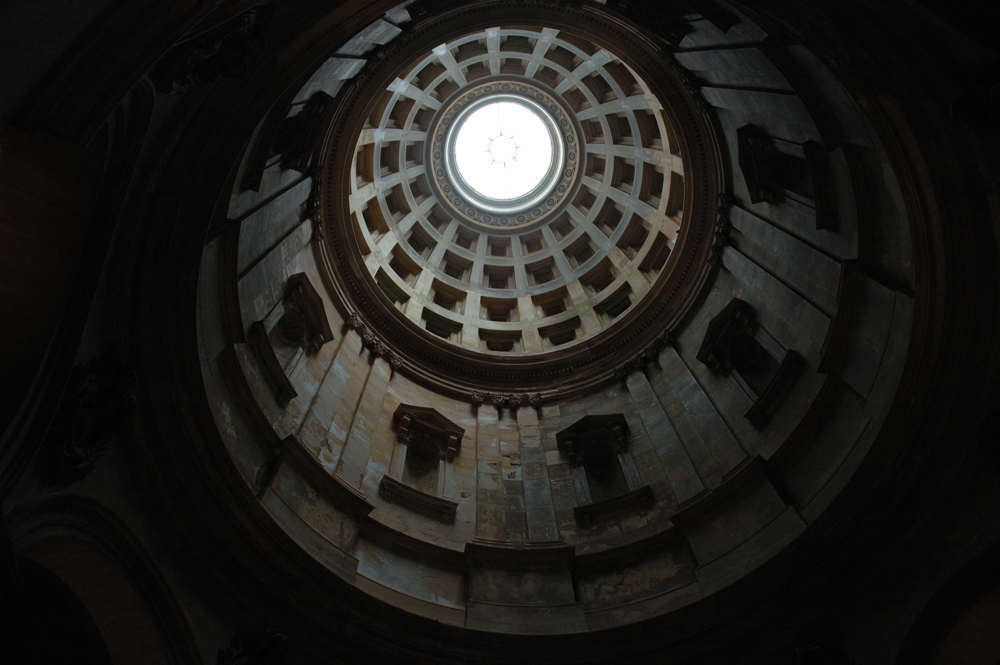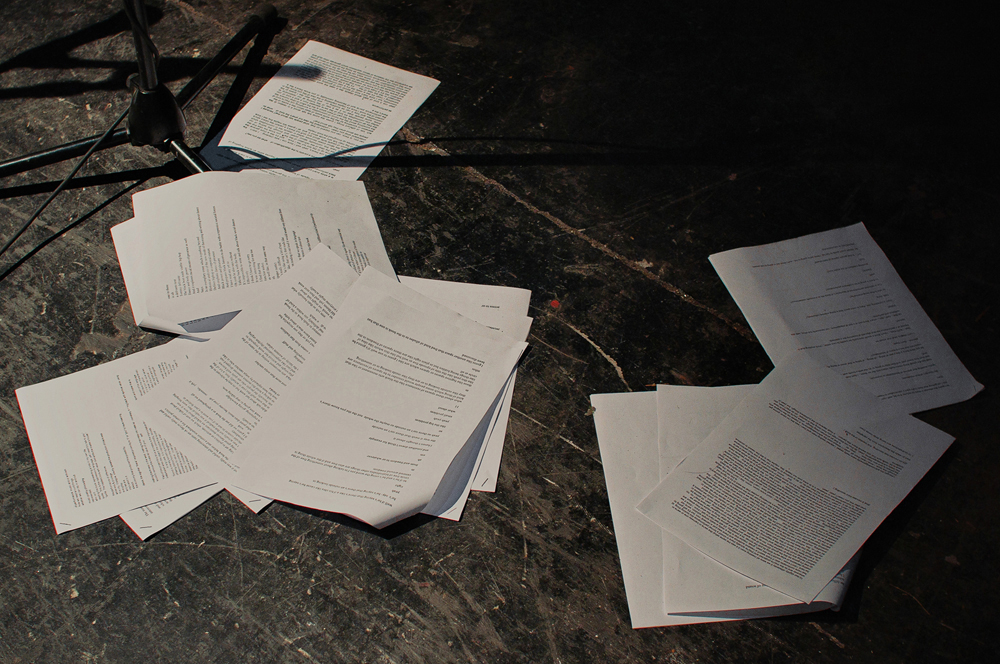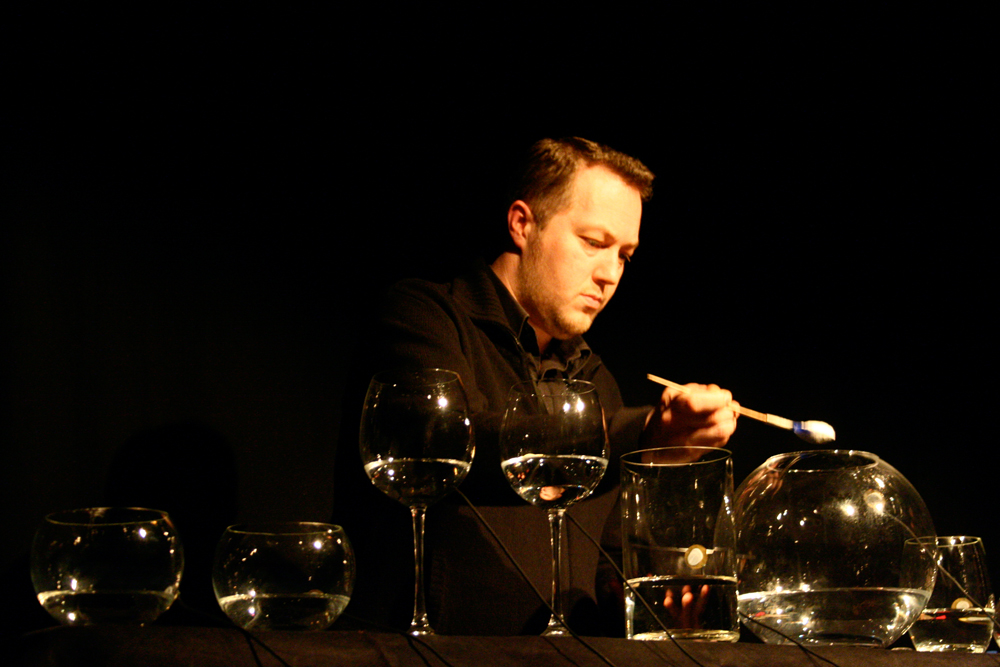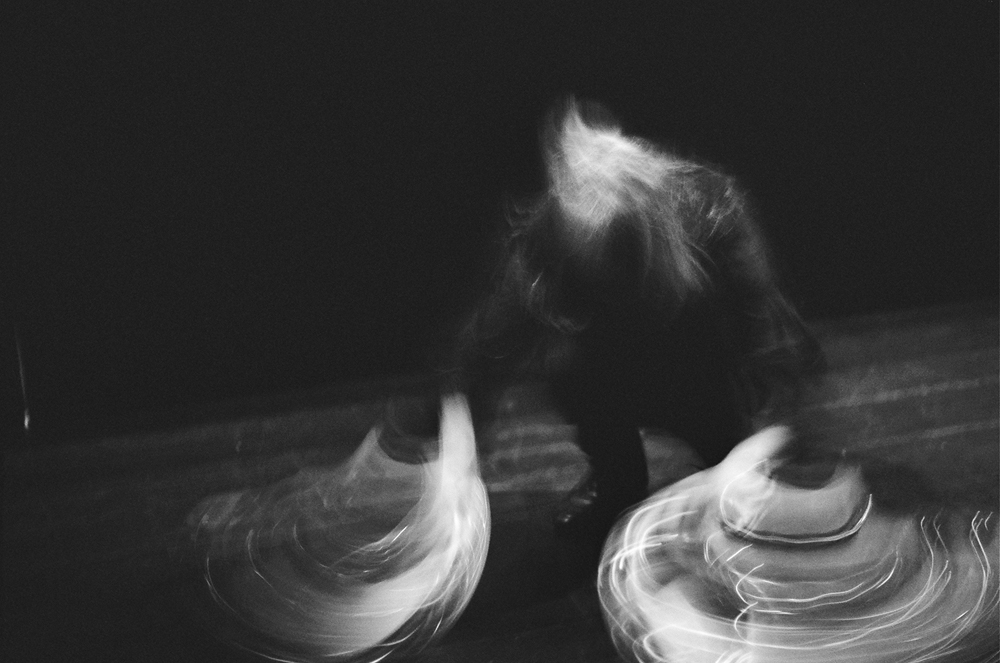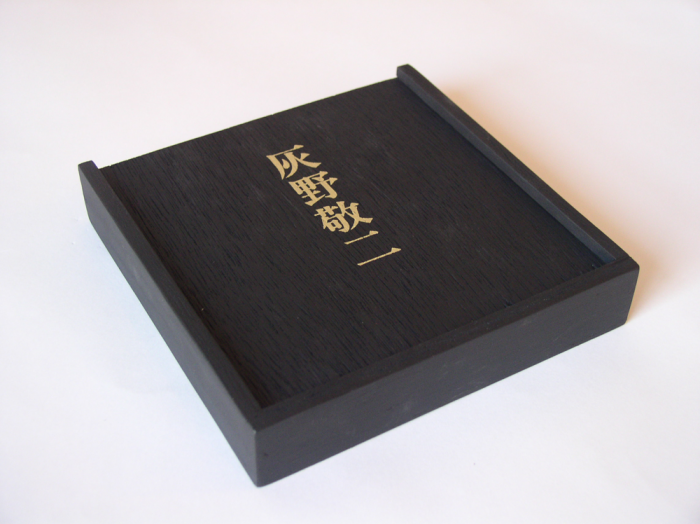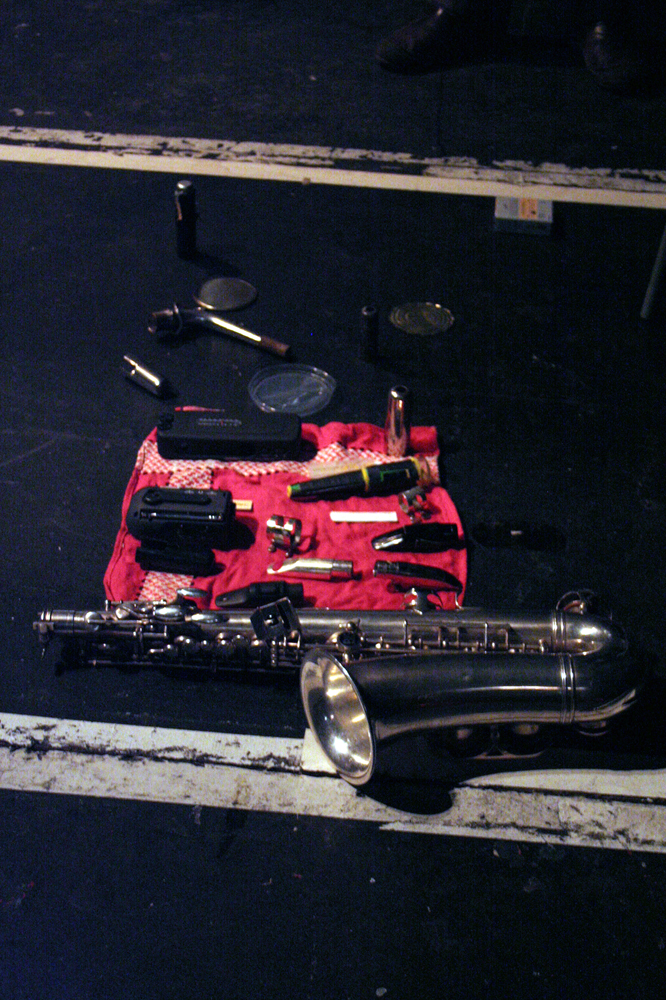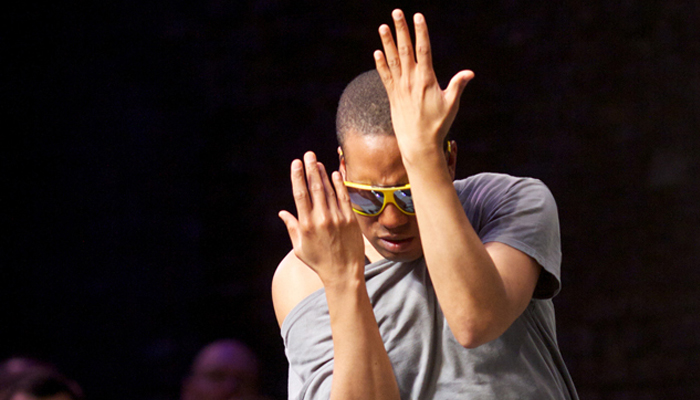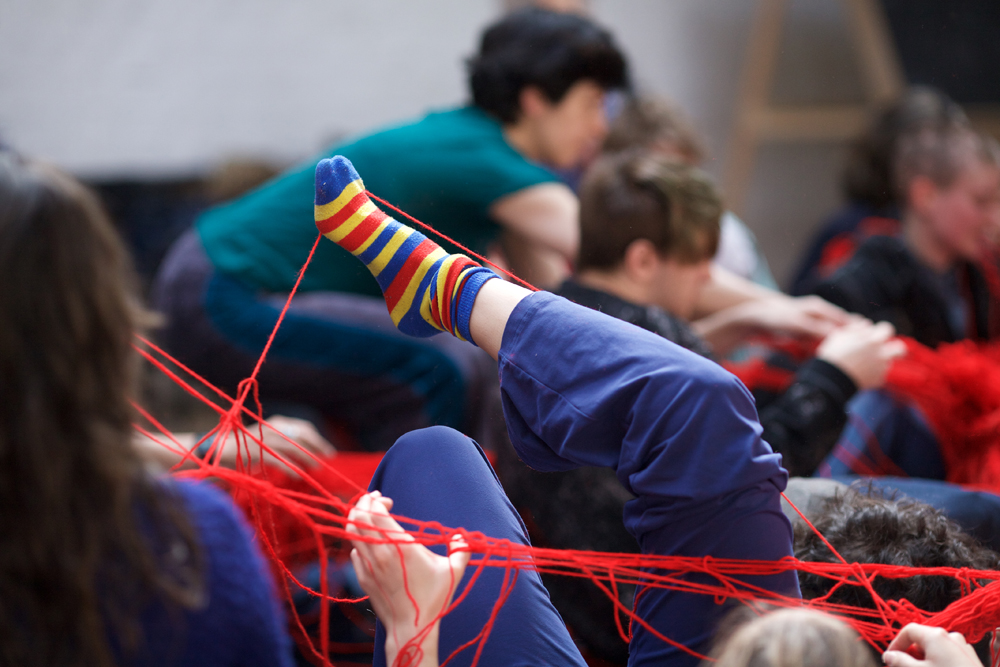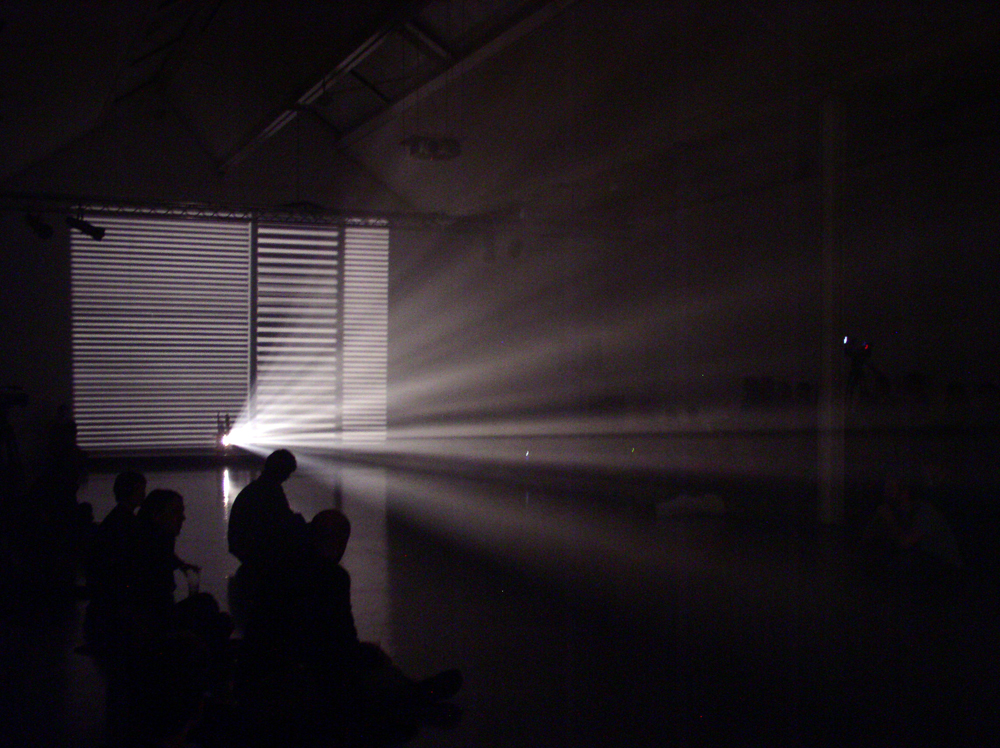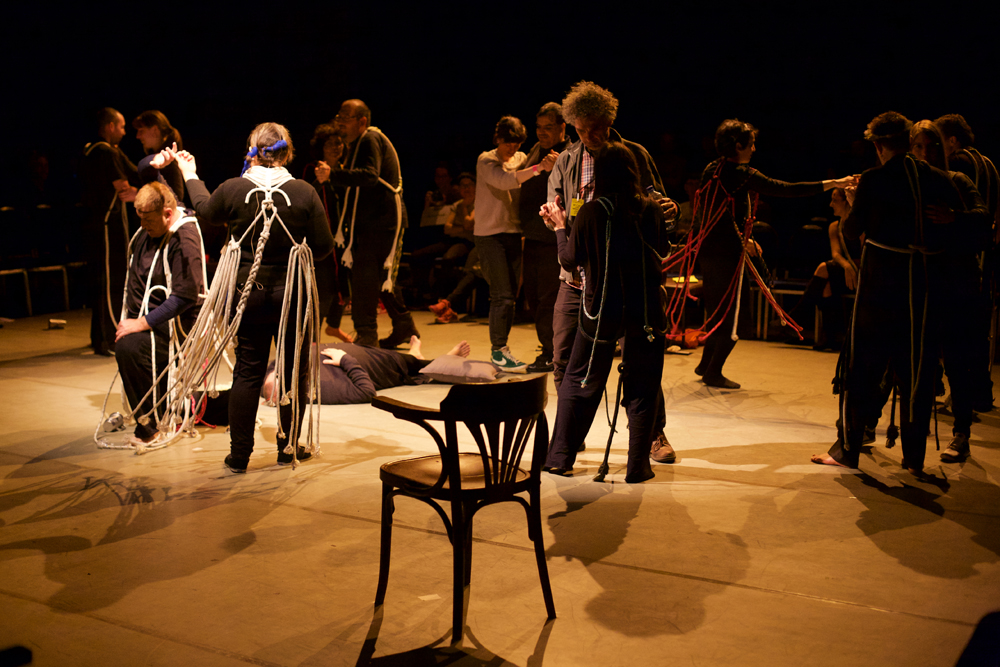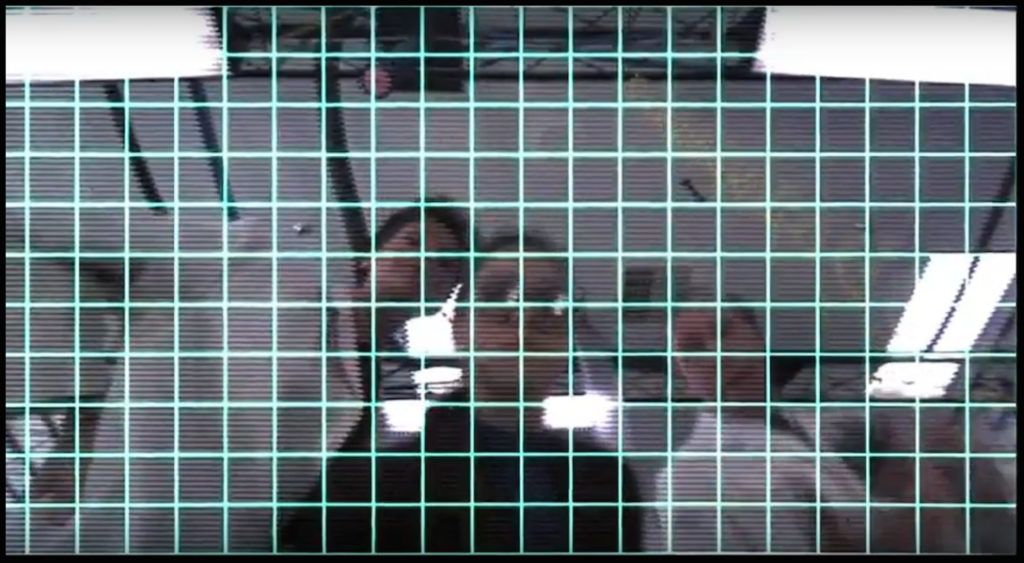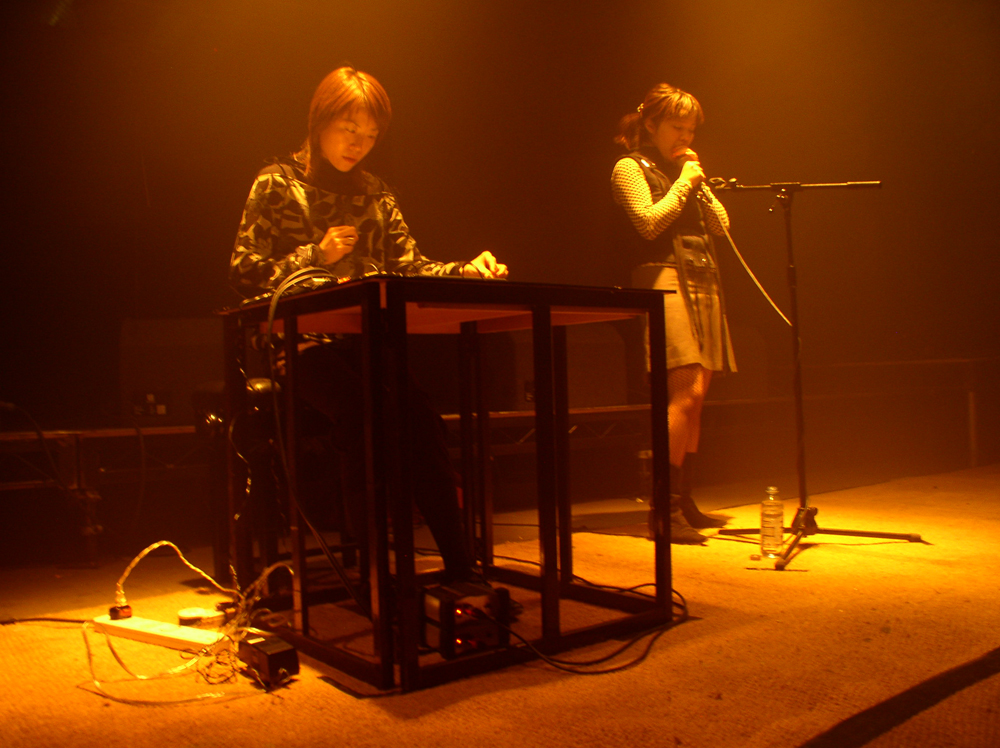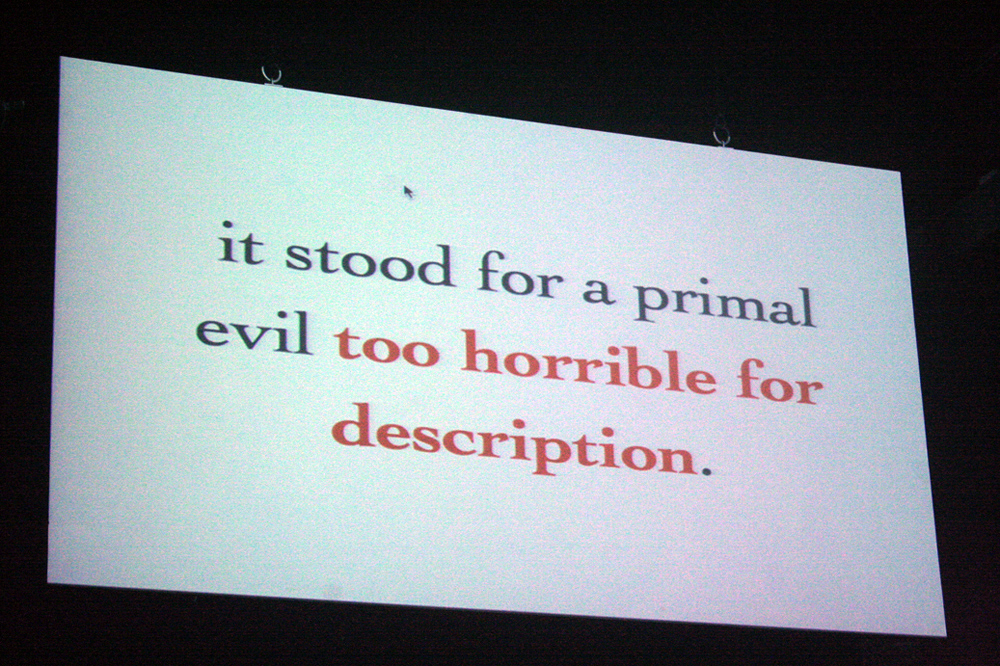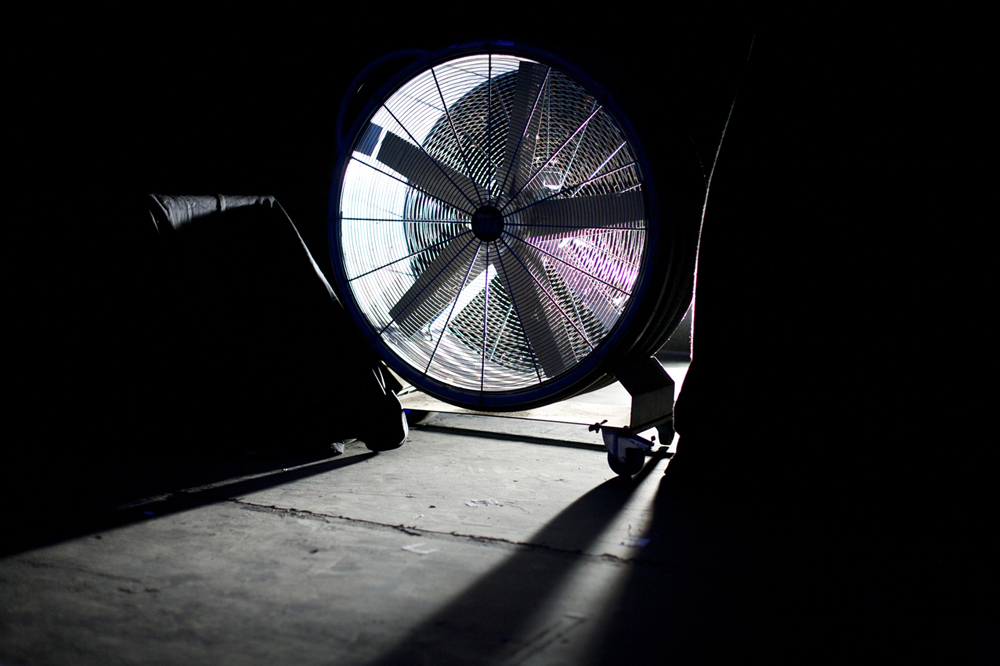
Abjection | Nihility
The various incarnations of nihilist thinking that popped up from time to time through the history of Arika events can be explored here in the context of work that deals with the body, abjection and performance. Episode 2: A Special Form of Darkness took the ideas of Abjection and Nihility to heart and most of the events had some relationship with this theme. Some highlights: Junko’s intense vocal performance, Taku Unami’s absurdist cardboard box theatre piece and Mattin and Ray Brassier’s experiment in self-organisation, handing over the final evening of Instal 10 to the audience.
